Vector Innovation Discovery and Engineering (VIDE) Program
Our research centers on understanding adeno-associated virus (AAV) and utilizing our knowledge to develop gene therapy vector platforms to treat human diseases.
Vector Engineering
- Vector safety and efficacy is controlled by multiple factors, ranging from the DNA sequence in the vector design, all the way to how the therapy is administered to the host/patient. We aim to discover ways, including novel artificial intelligence-based strategies, to improve upon vector design to ensure safe and potent treatments.
|
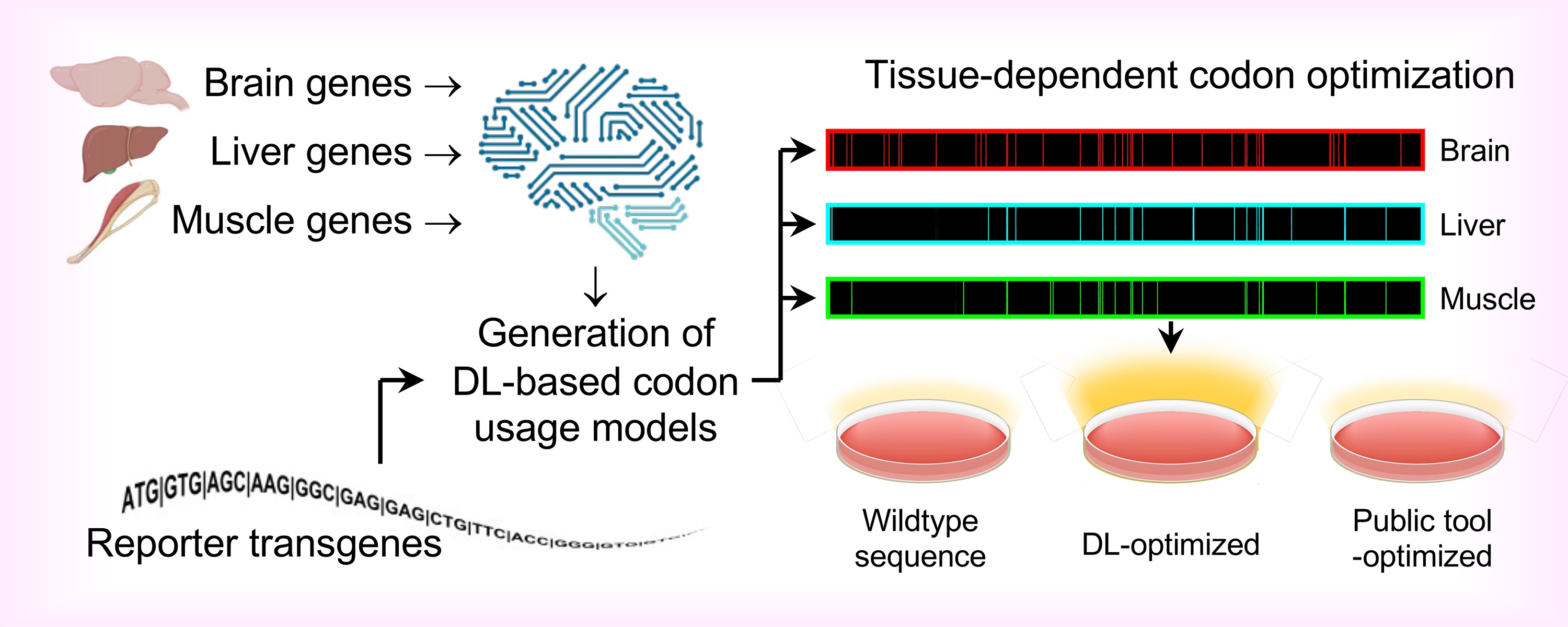 |
|
|
Capsid Discovery and Characterization
- Using high-throughtput sequencing strategies, we aim to discover and characterize natural AAV capsid sequences for their potential use as gene therapy vectors.
|
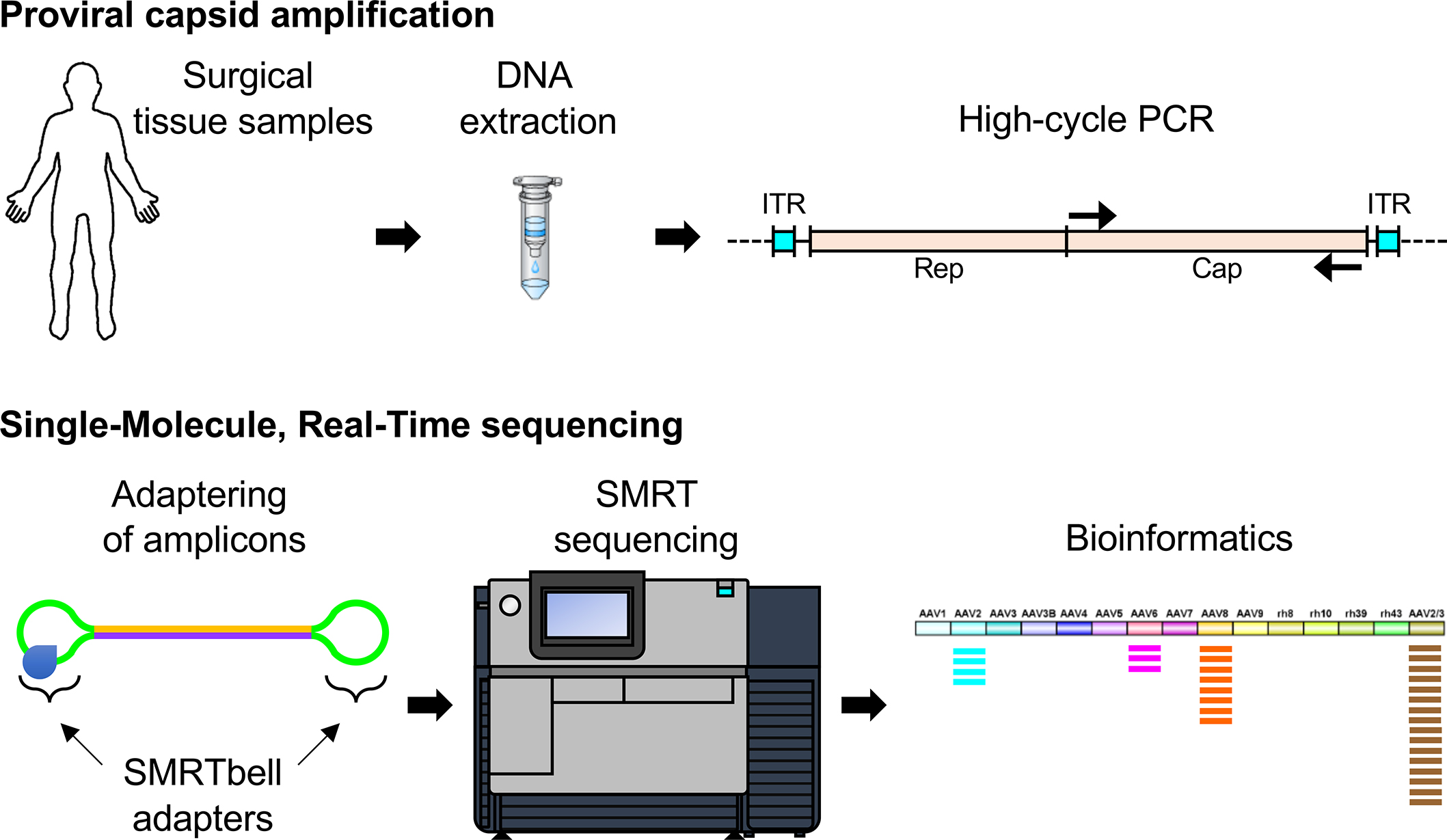 |
|
|
Development of Quality Control Workflows for Gene Therapy Vectors
- One understudied aspect of gene therapy vectorology is the relative frequency of heterogenic bi-products in the form of genomic impurities, truncations, and chimeric vector sequences. We seek to develop NGS and bioinformatics tools to profile preclinical and research-grade rAAVs.
|
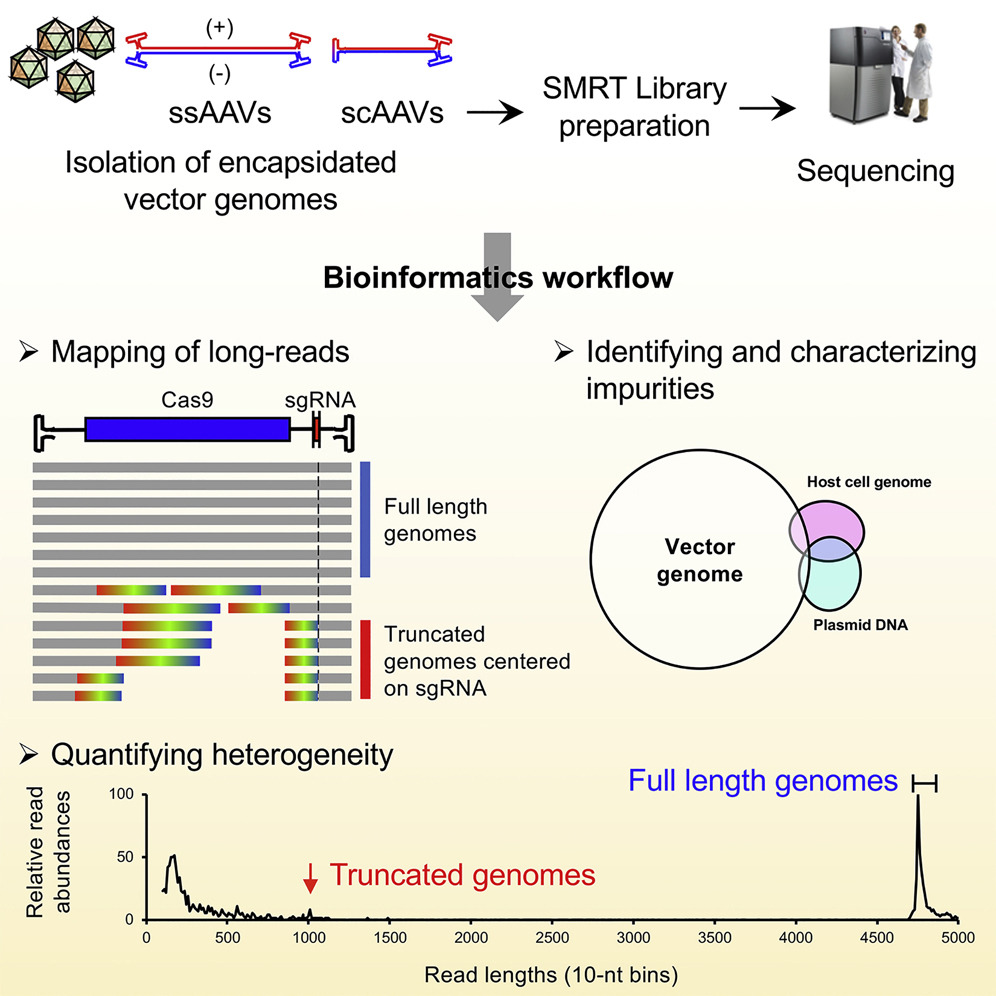 |
|
|
Immunology
- The host immune response towards foreign antigens is the most challenging hurdle for gene therapy. Nonetheless, Immunology remains the most complex area of study for understanding why vector-based gene therapies fall short of fully treating disease.
|
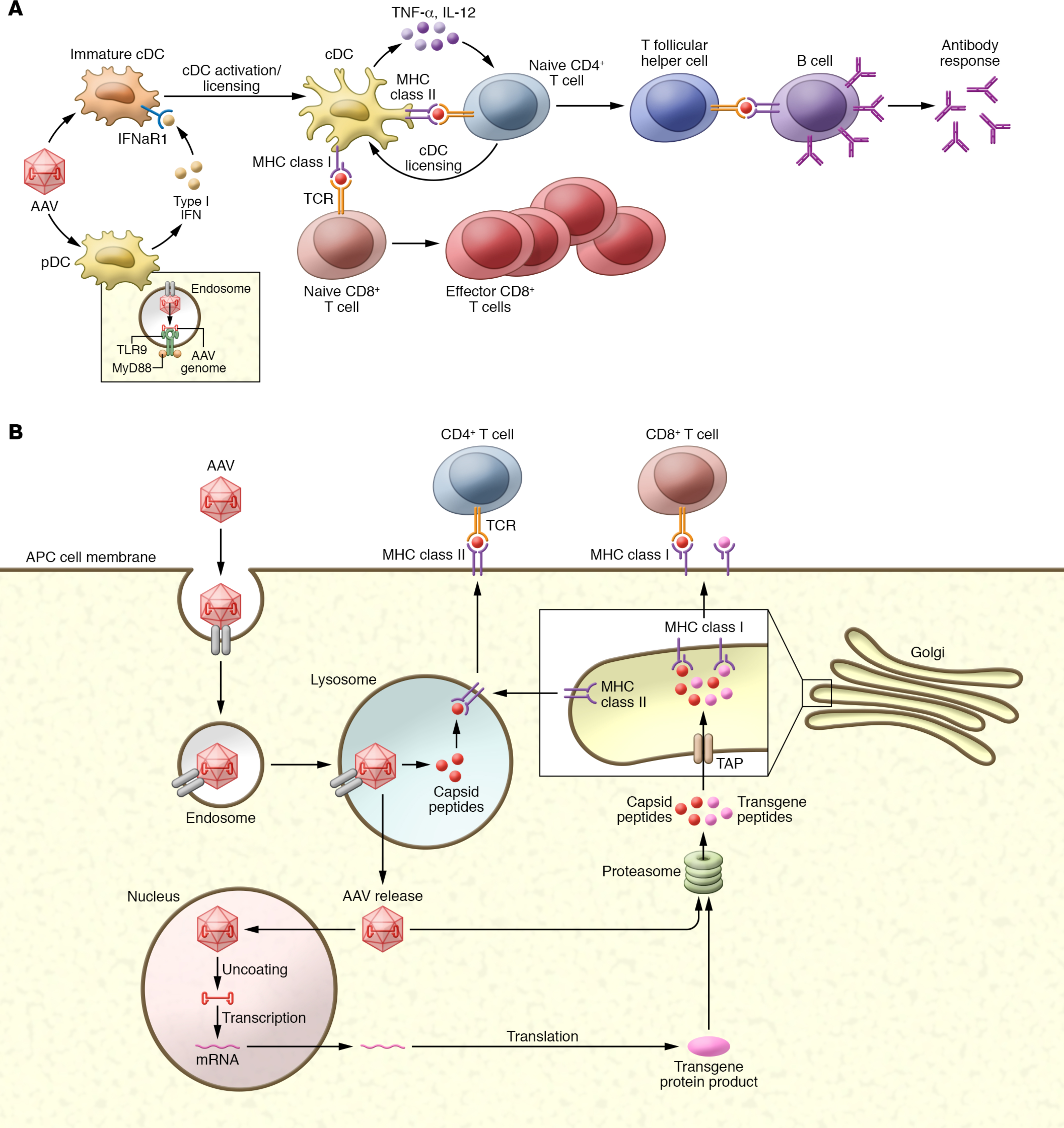 |
|
|
Virology
- To understand how vector-based gene therapies interact with the host/patient, address why these tools work the way they do, and further modulate vectors to enhance their biological properties, it is imperative to improve our knowledge of how wild-type viruses function and the mechanisms of their complex life-cycles.
|
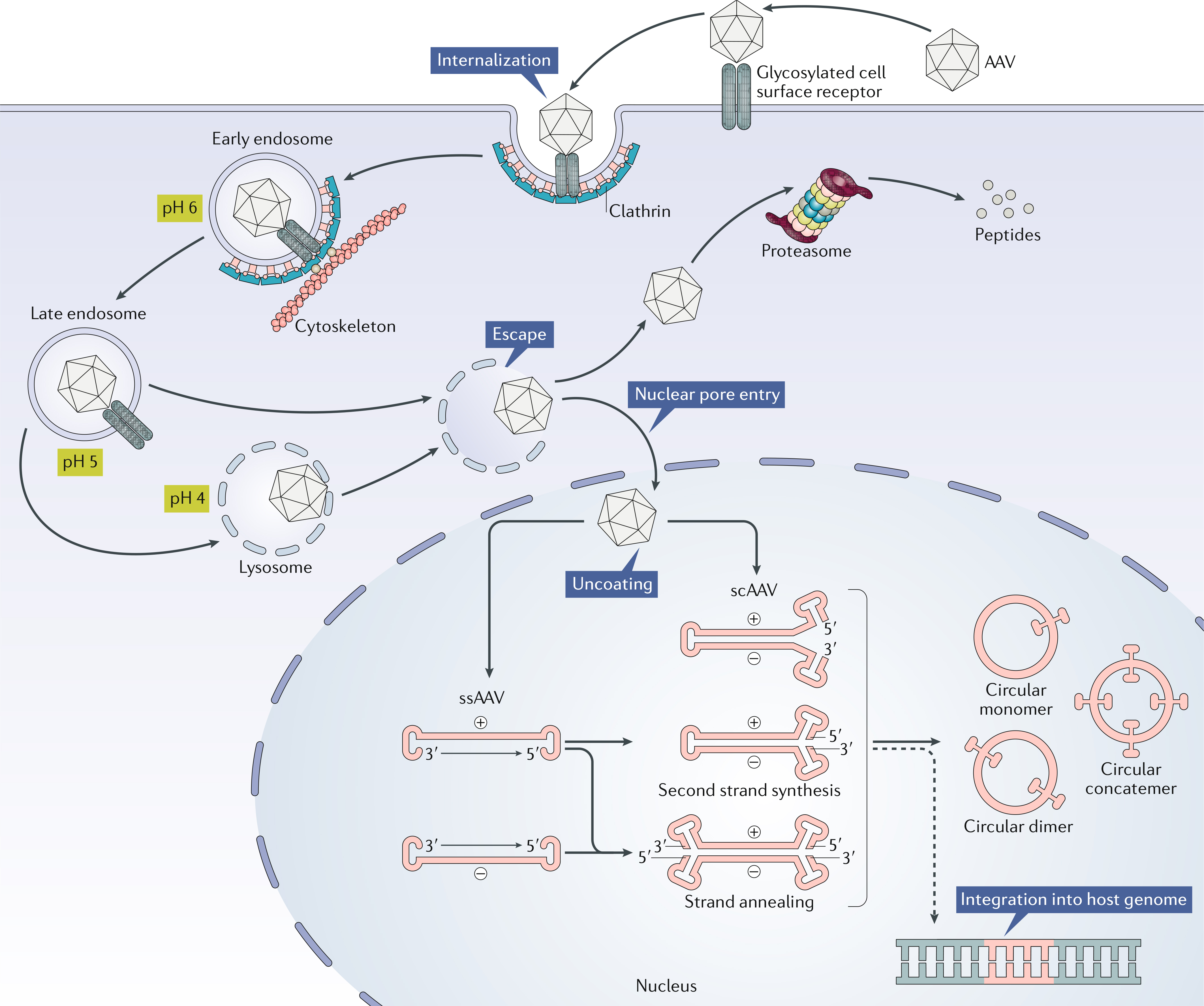 |




